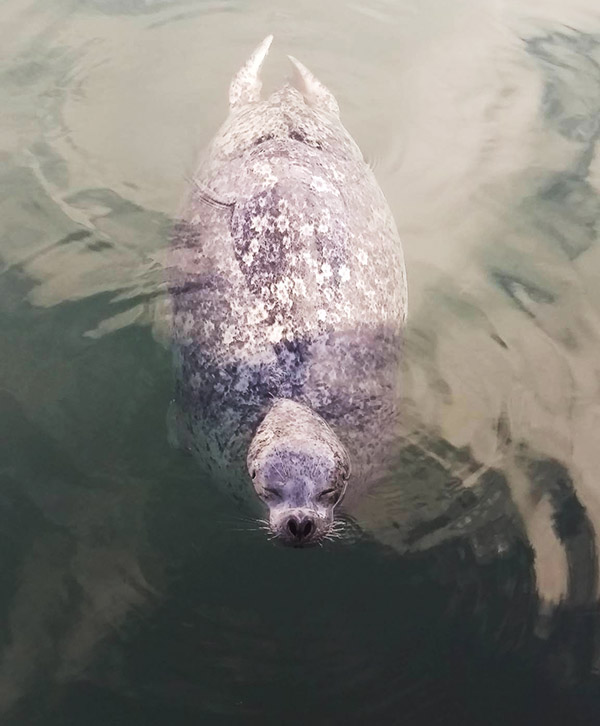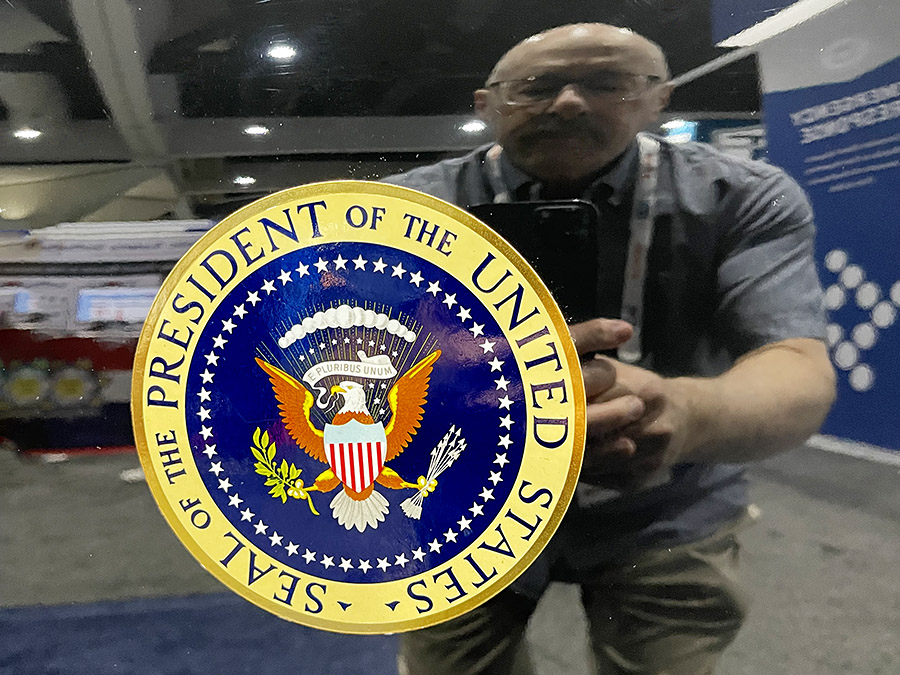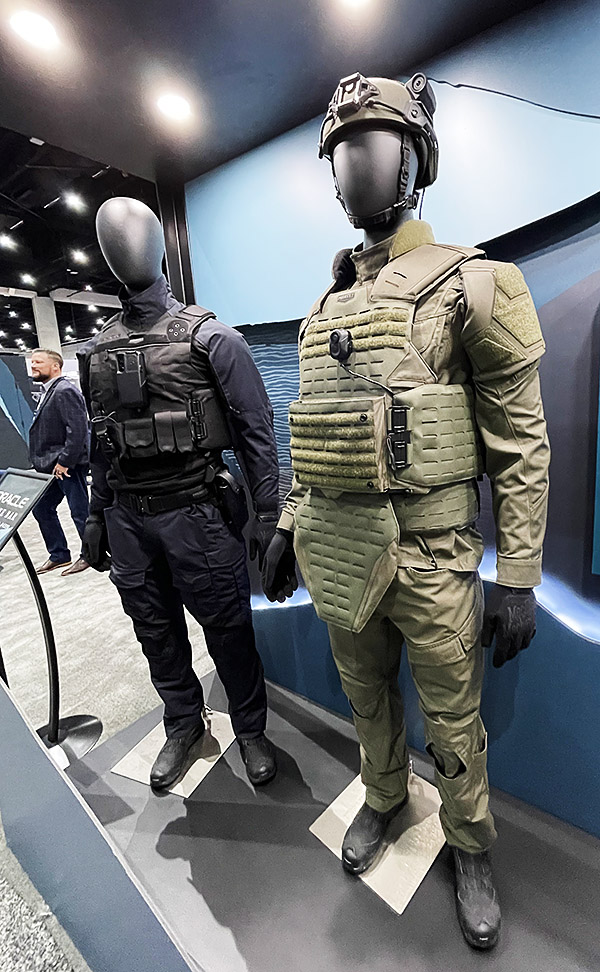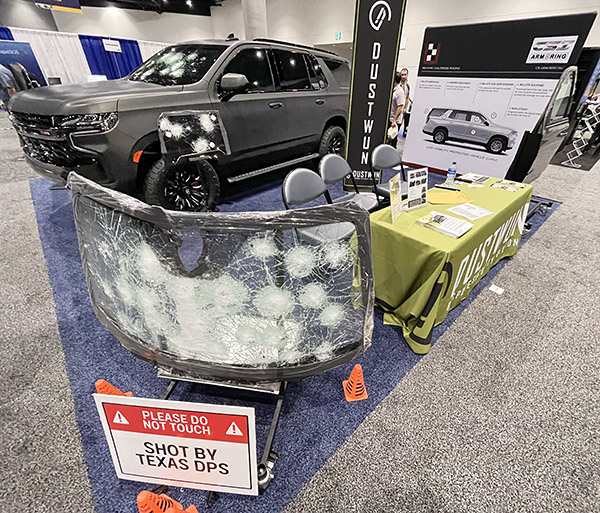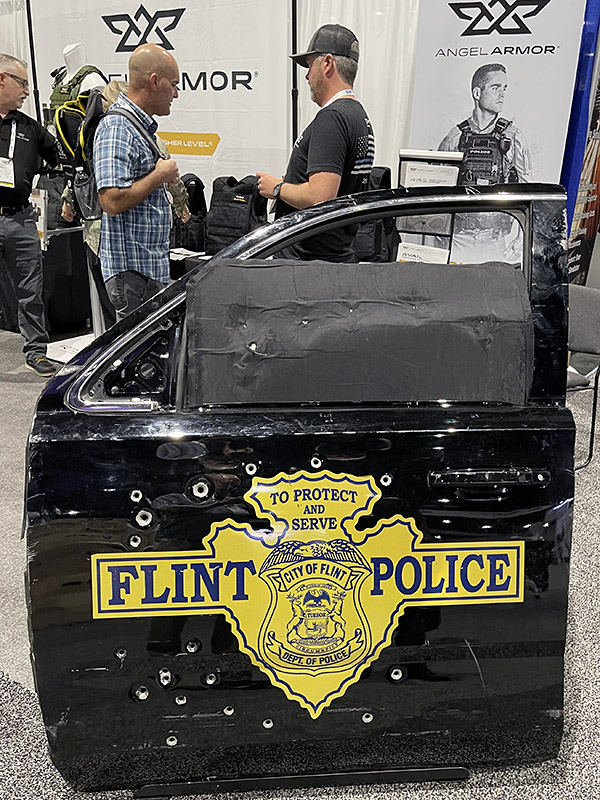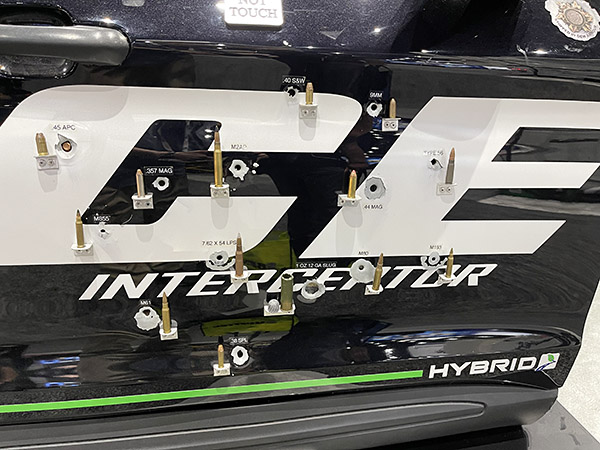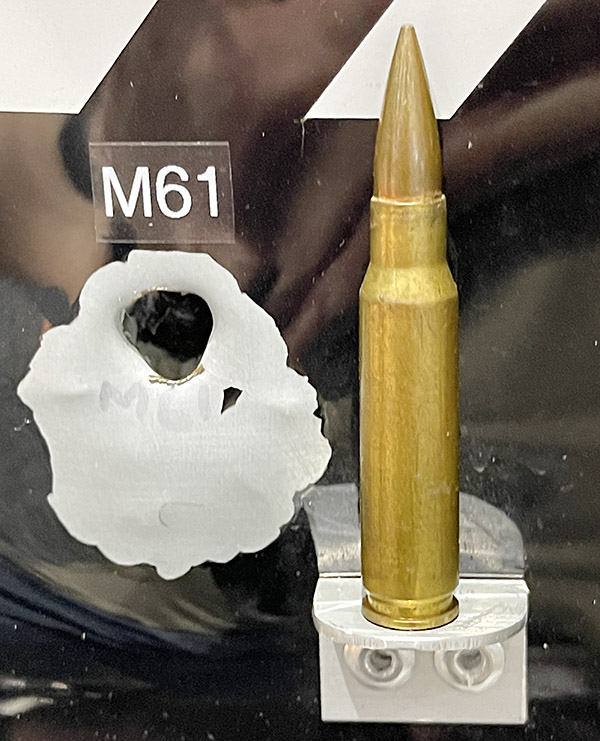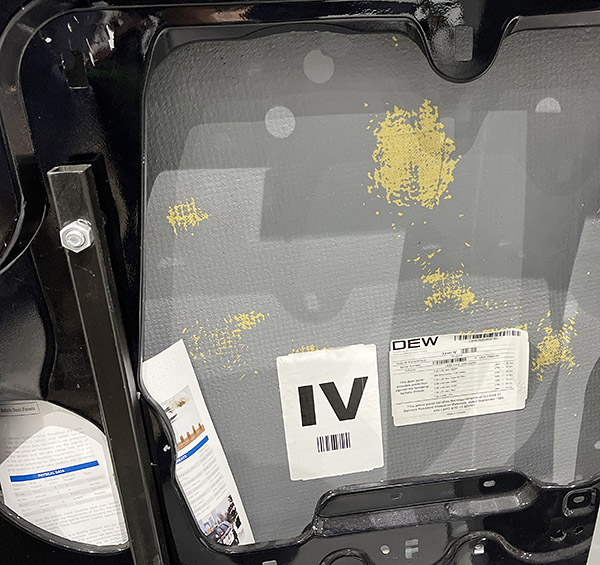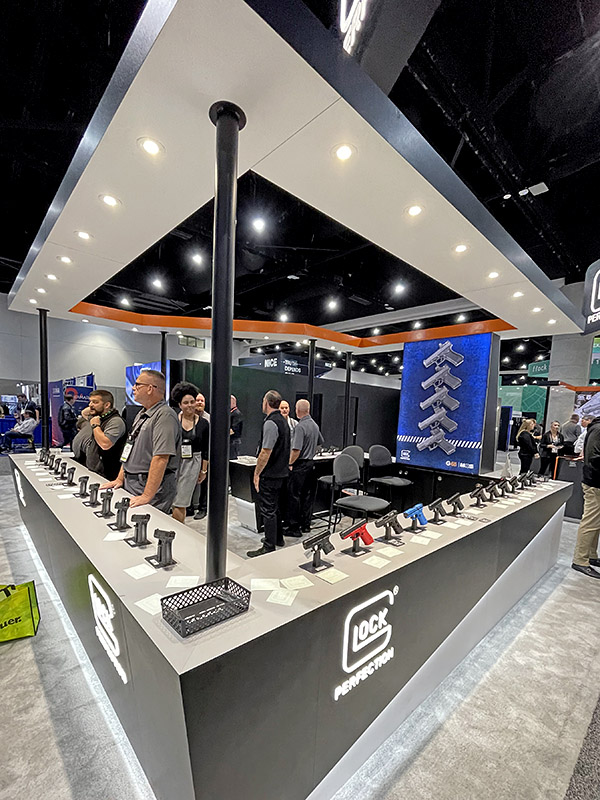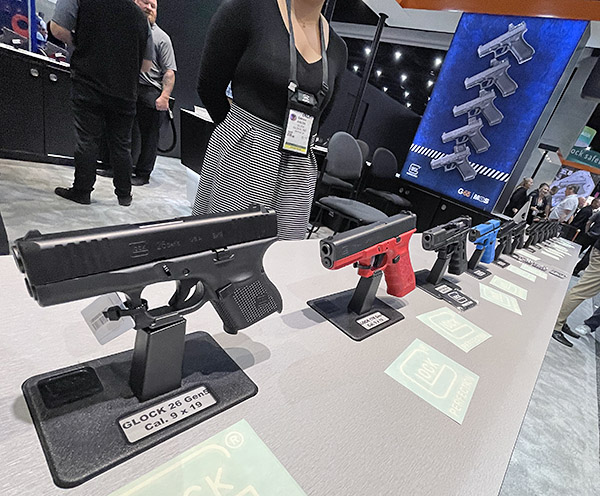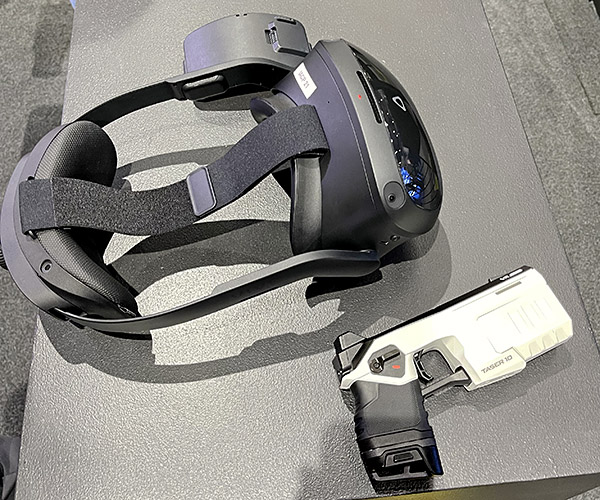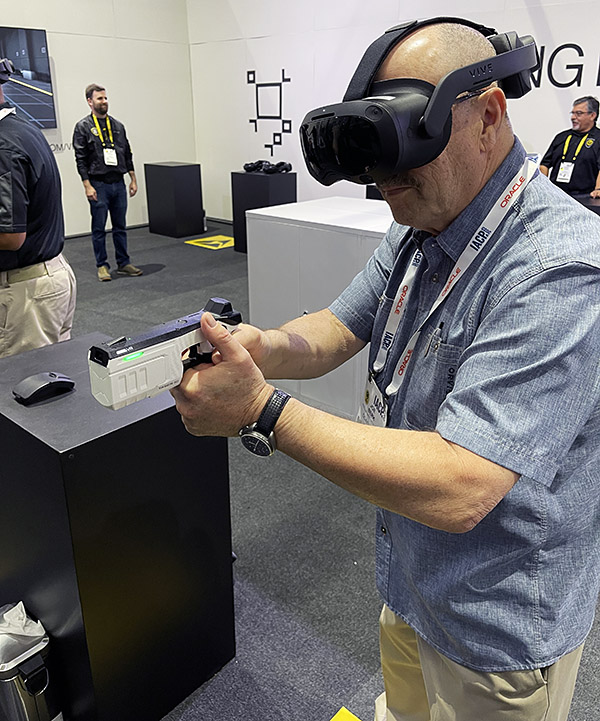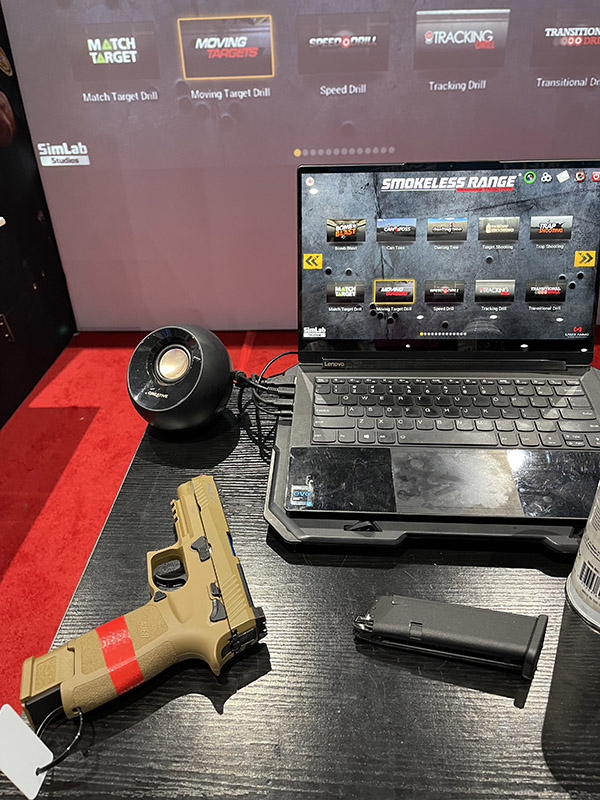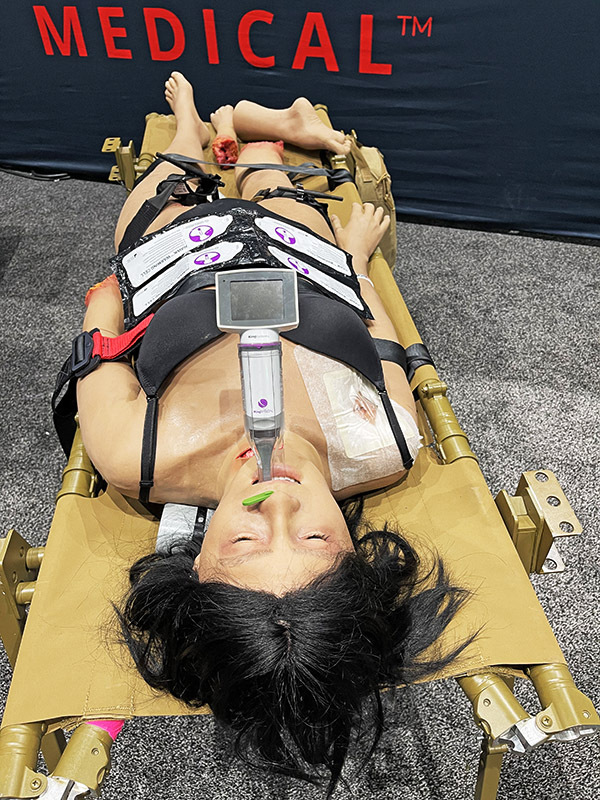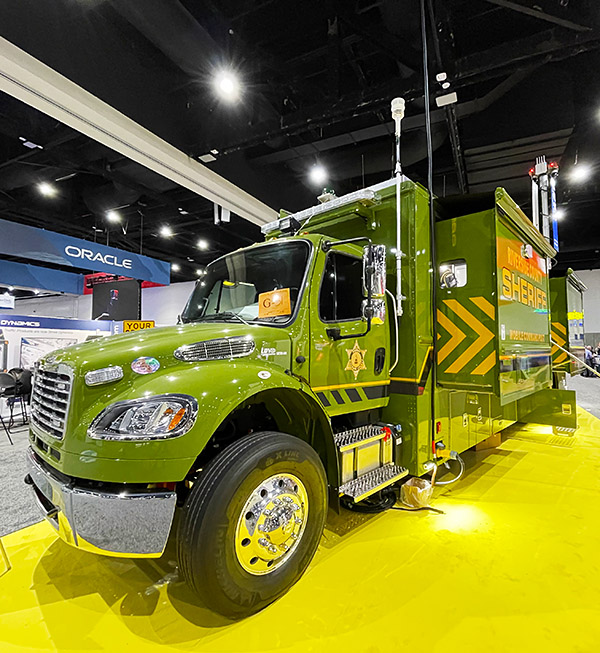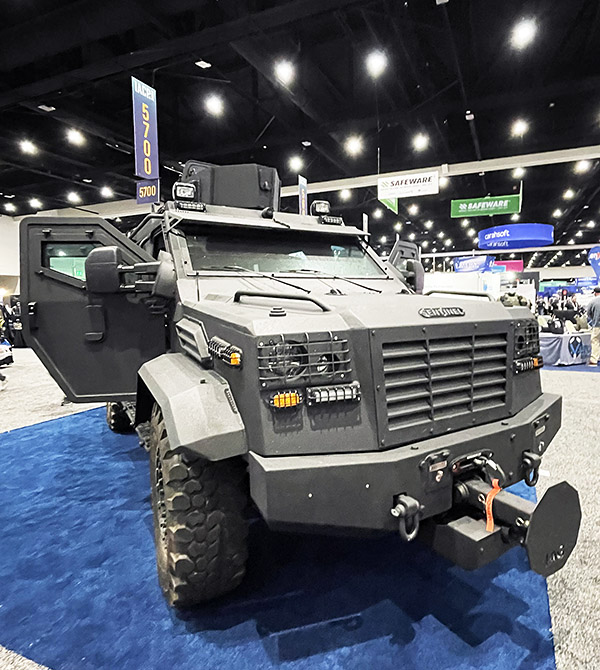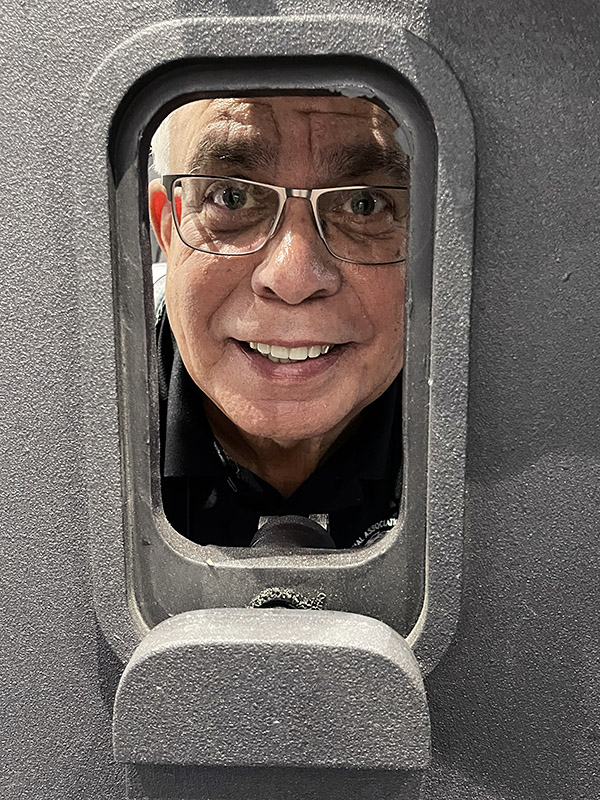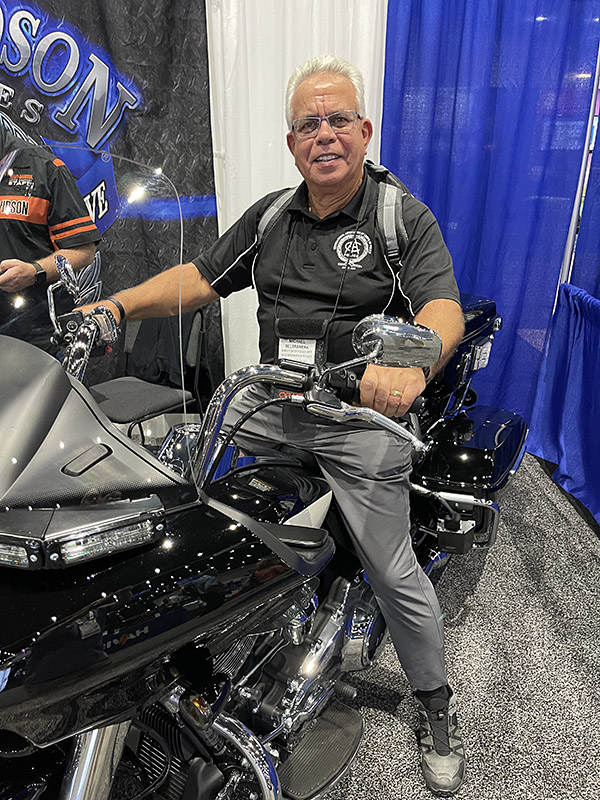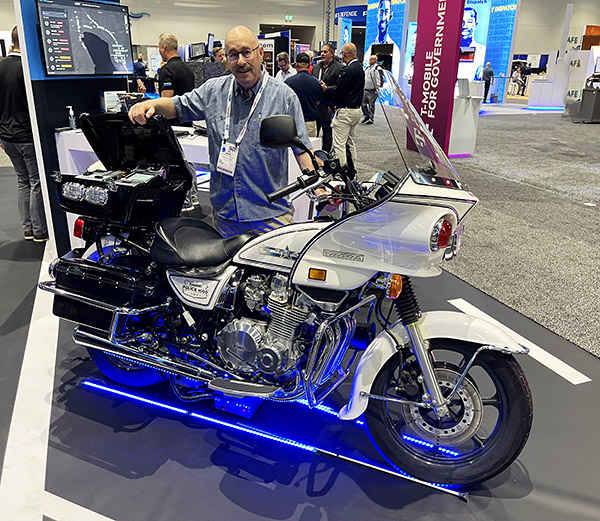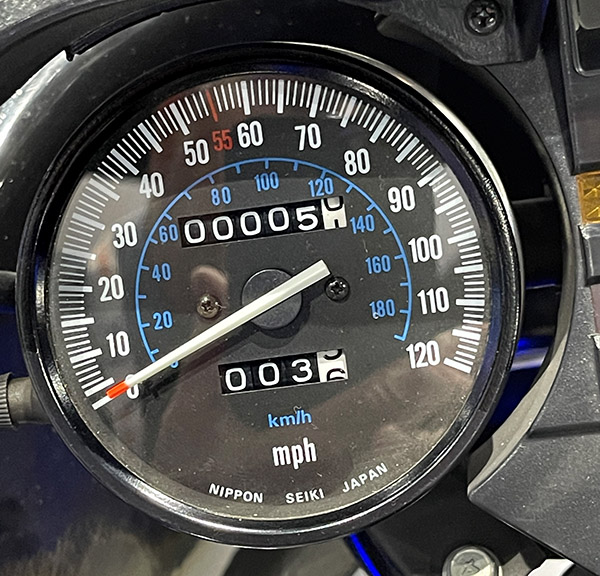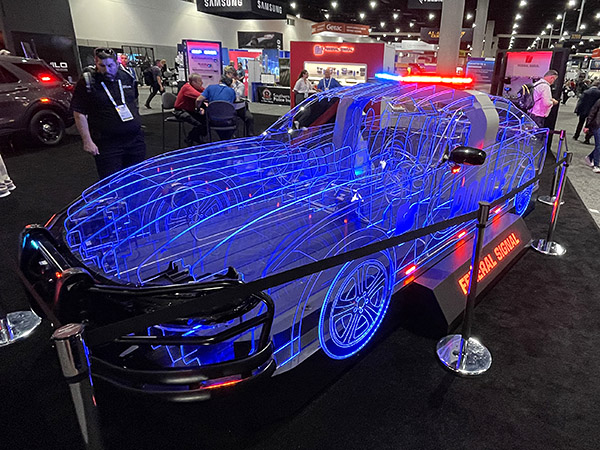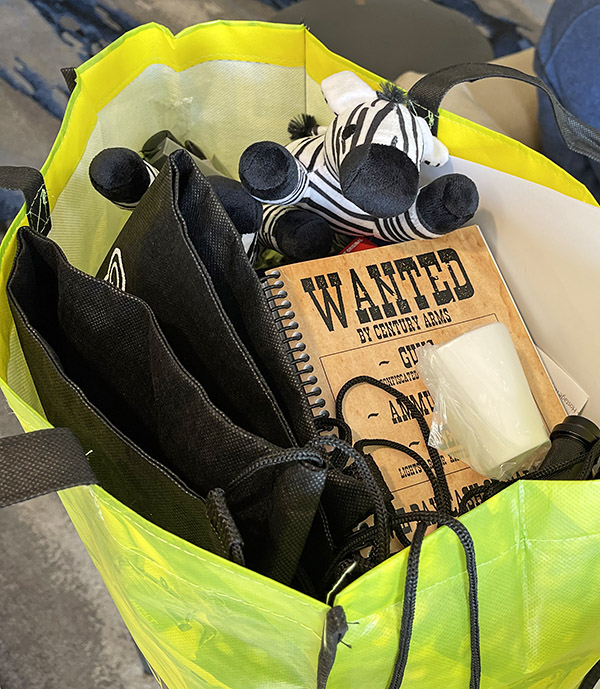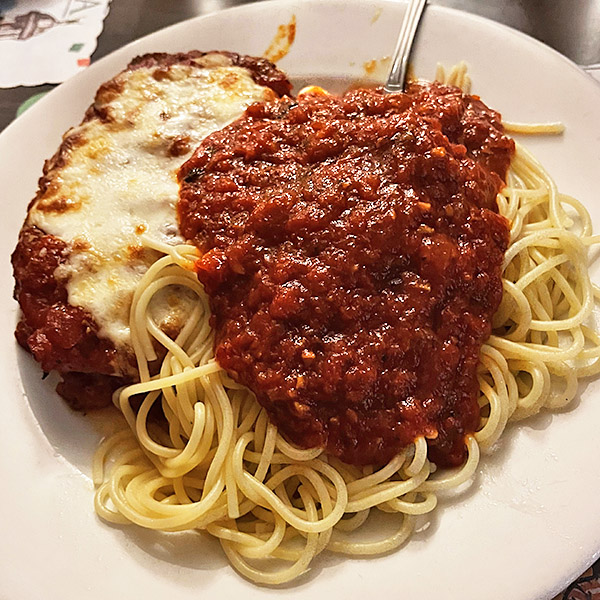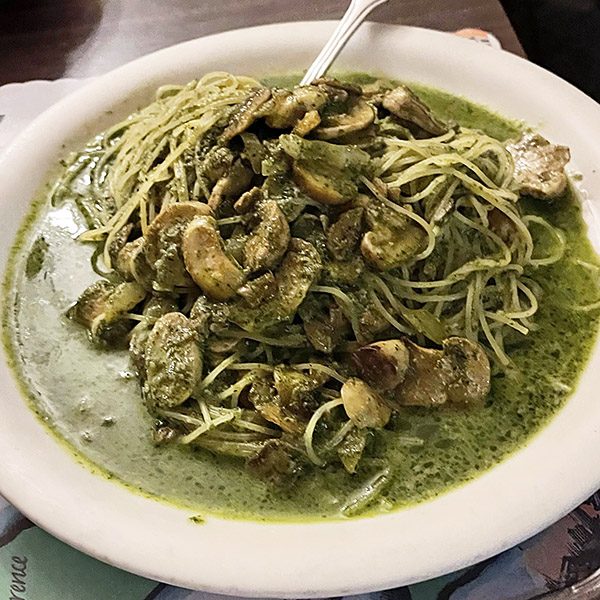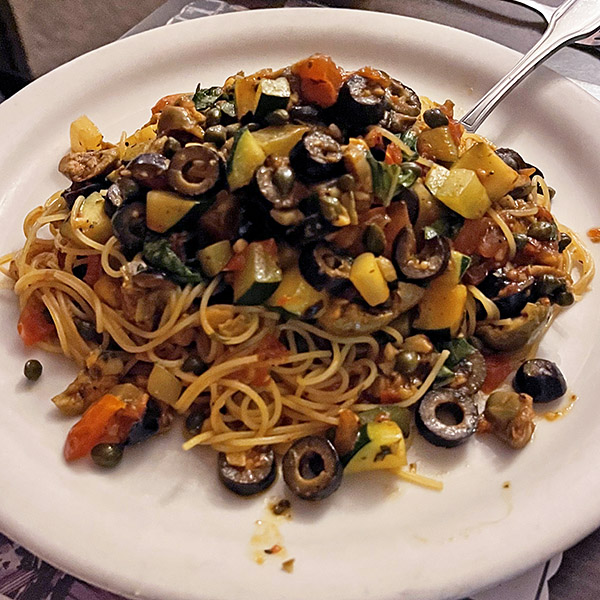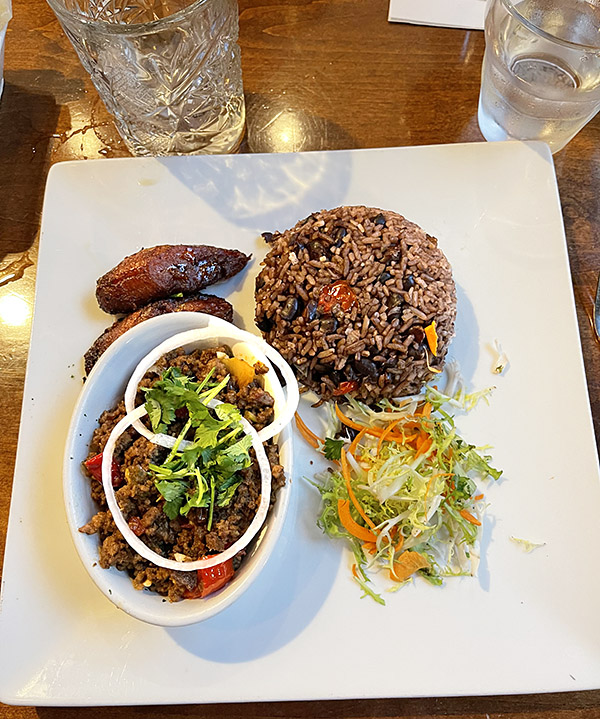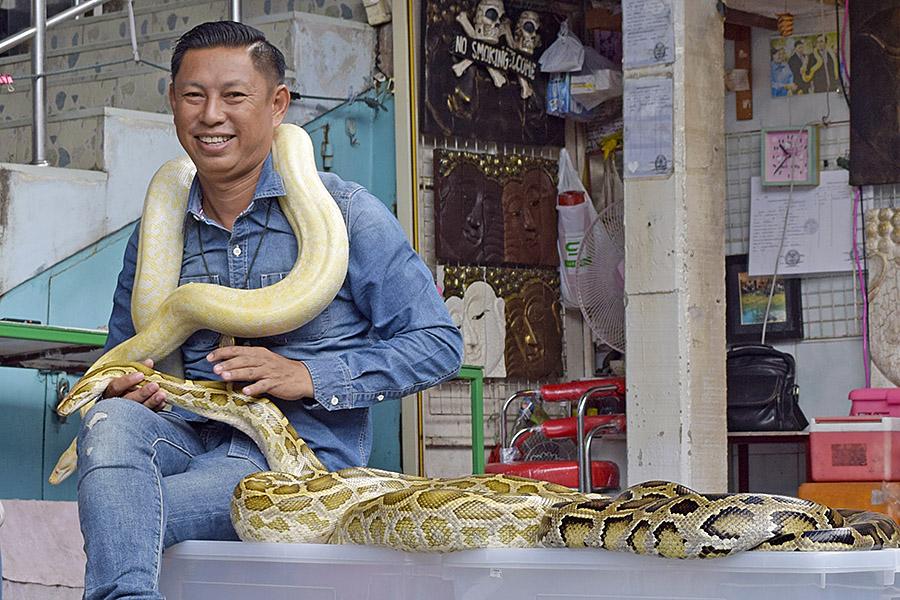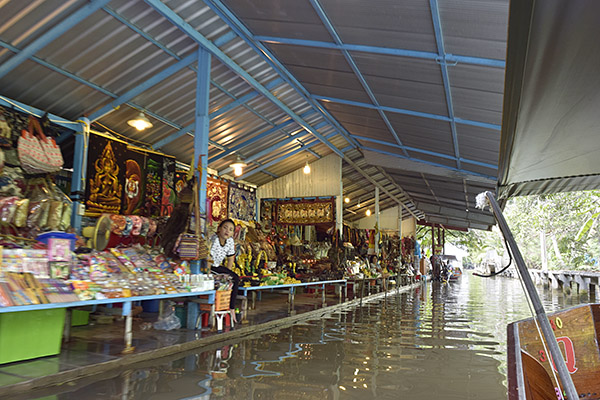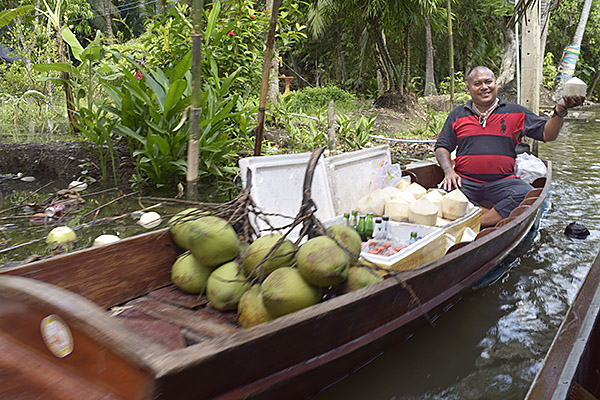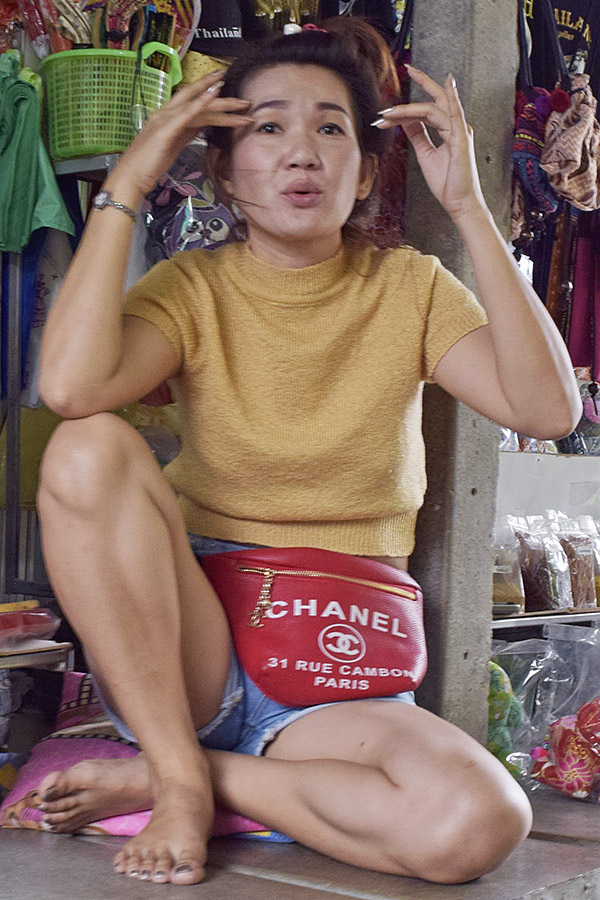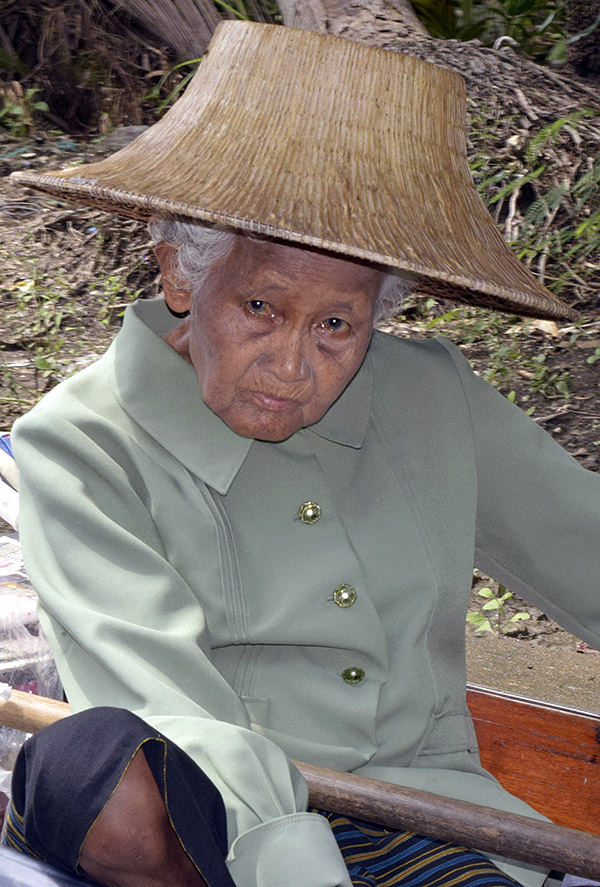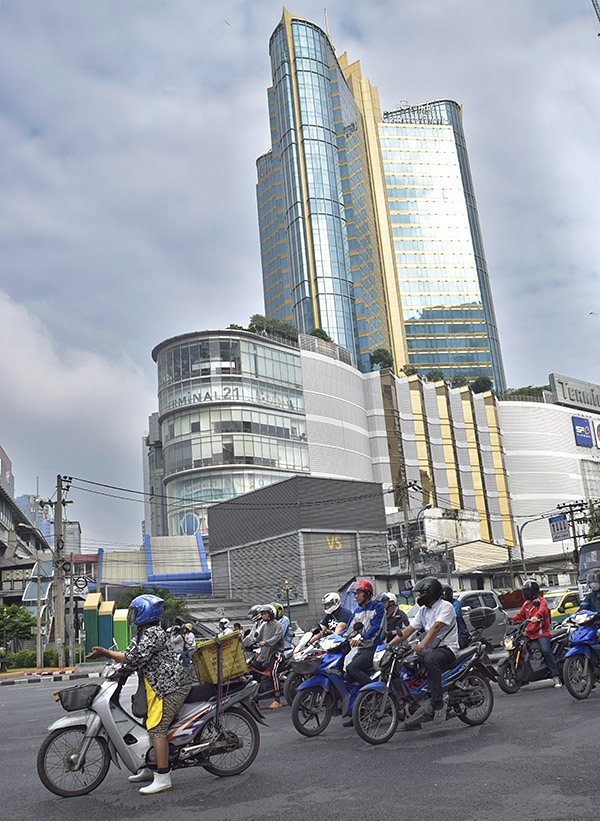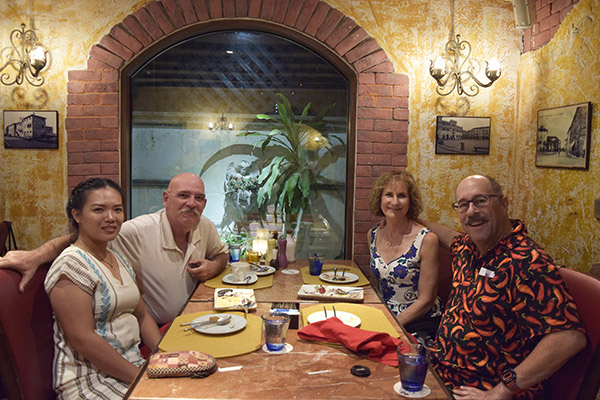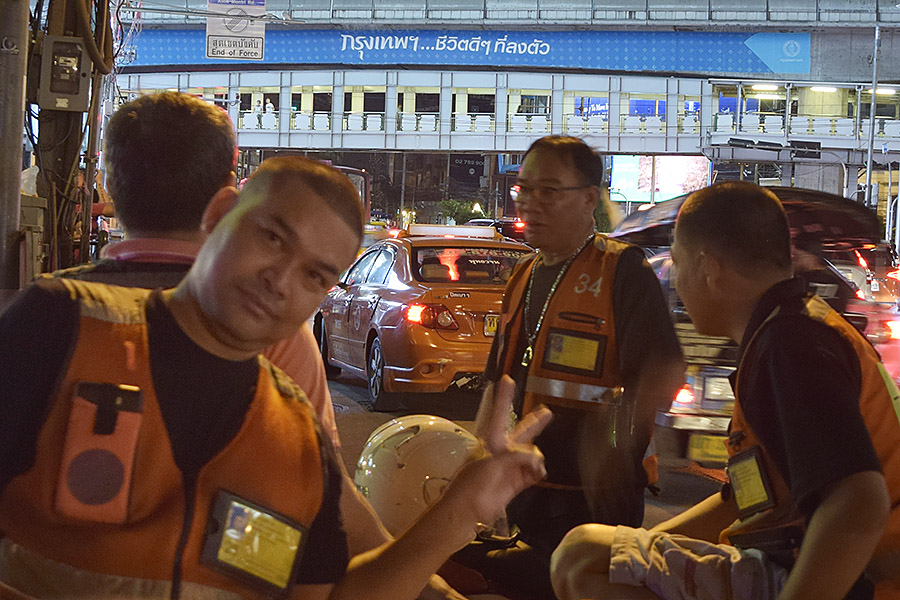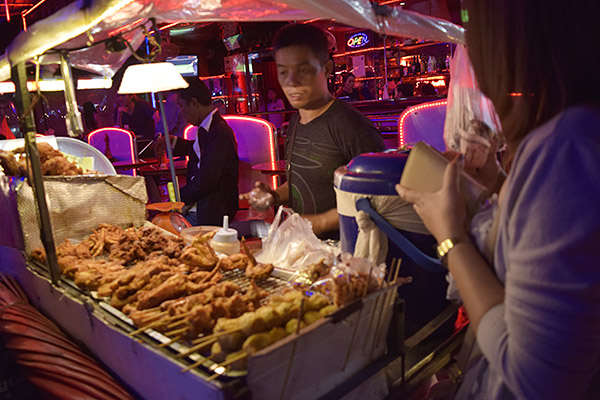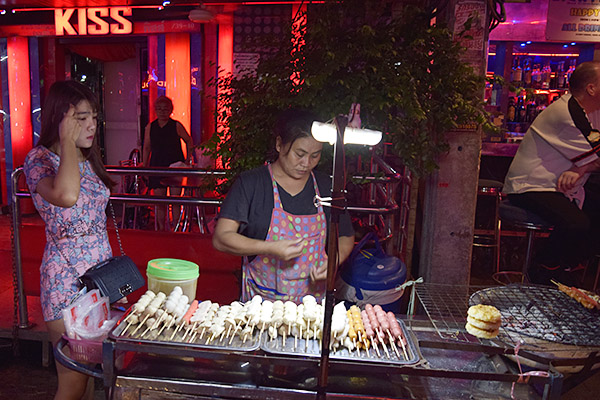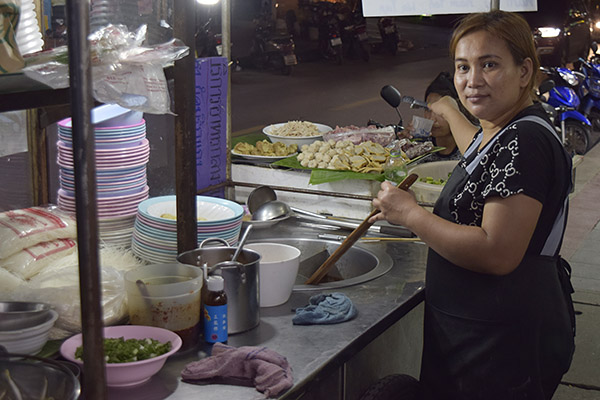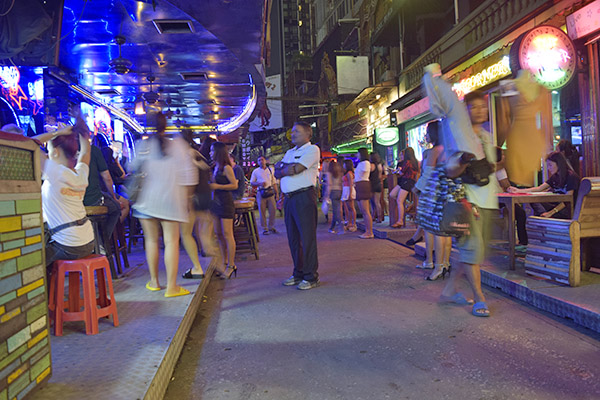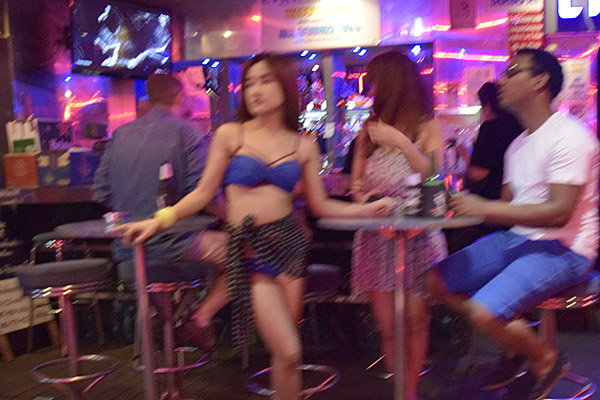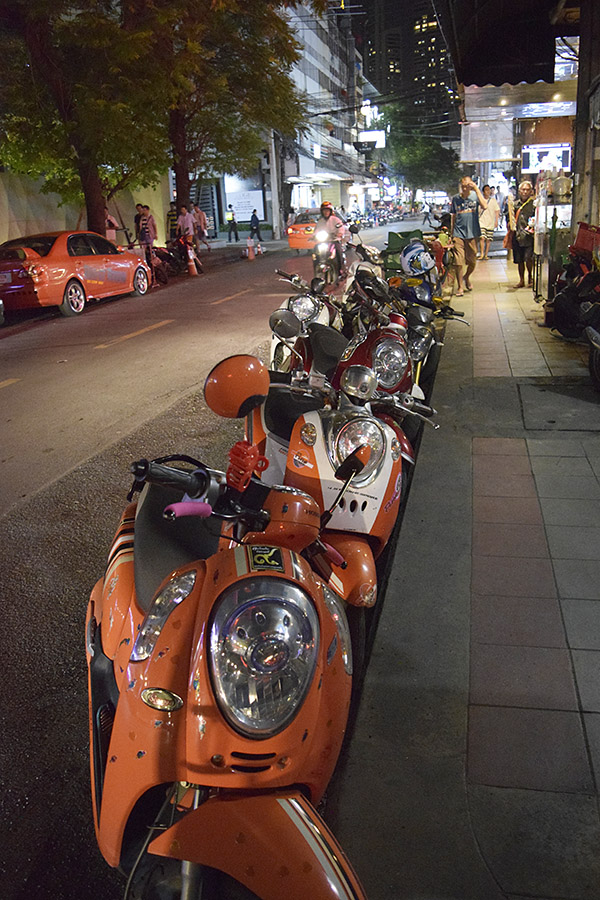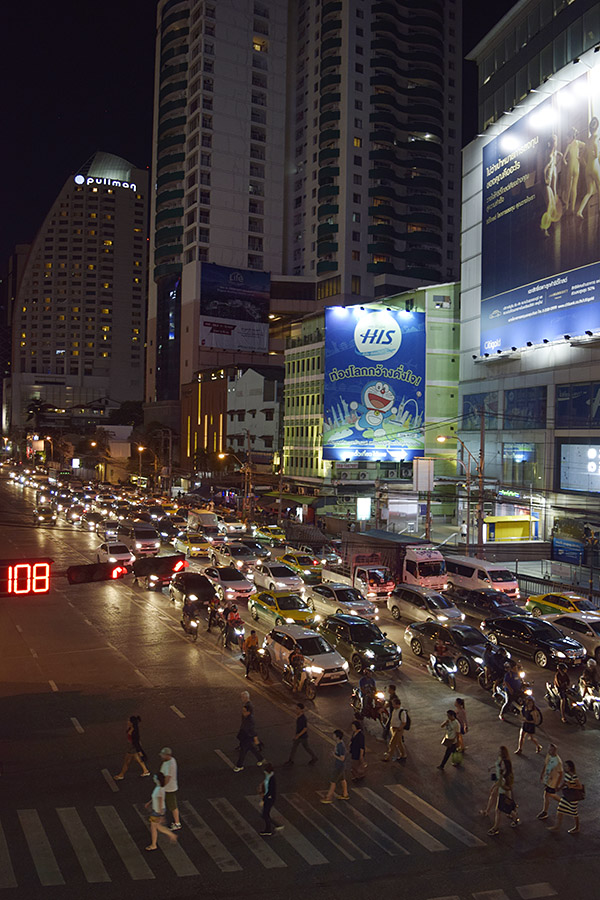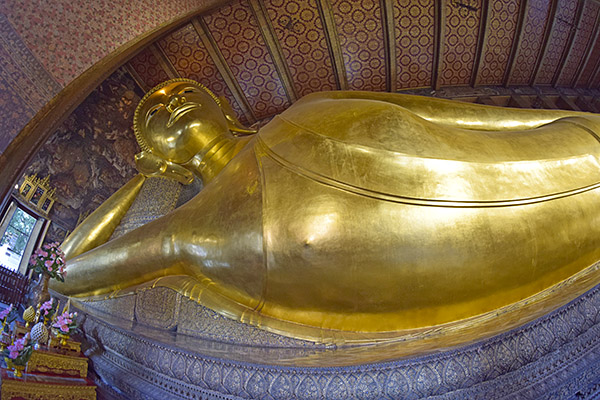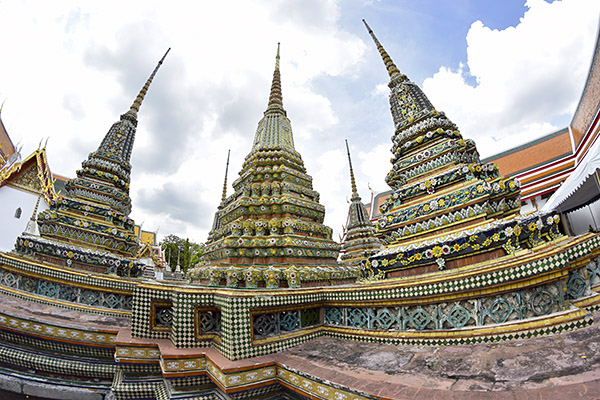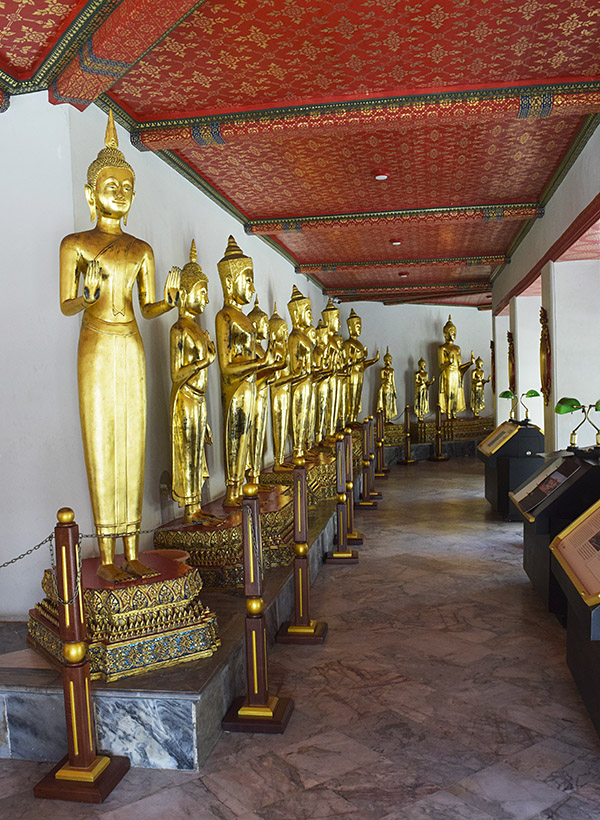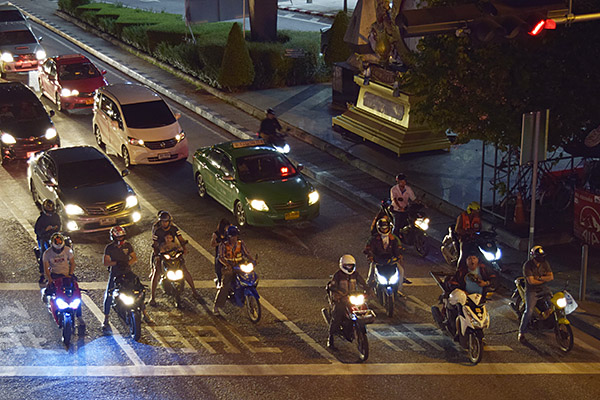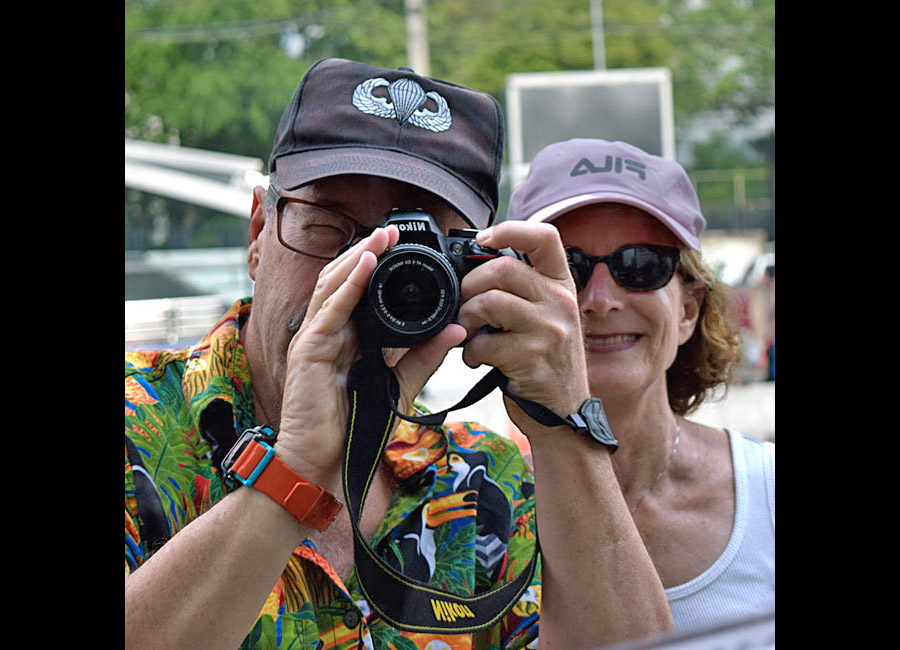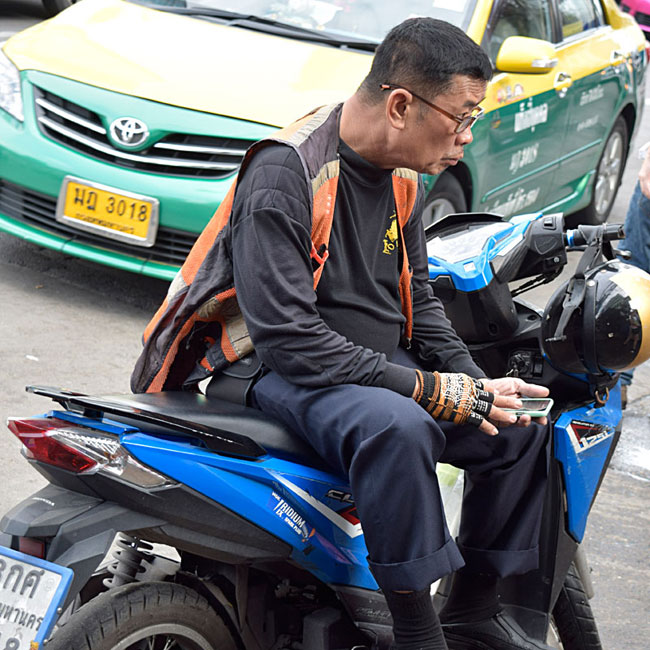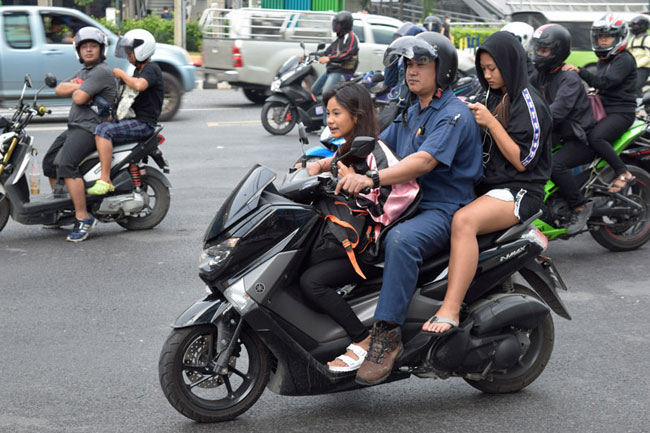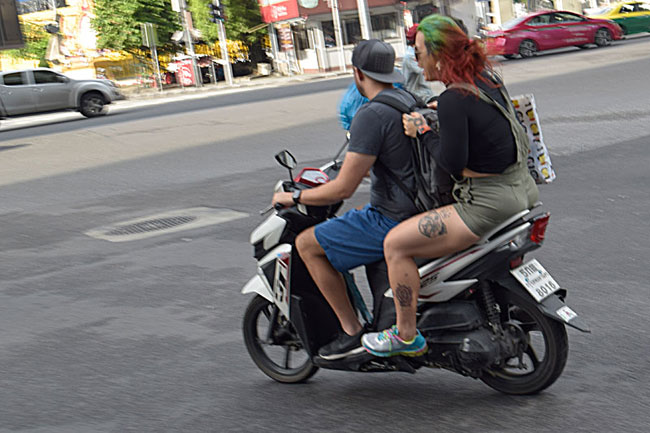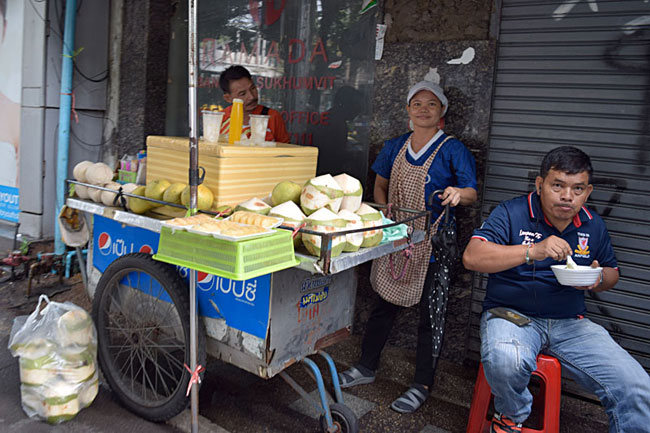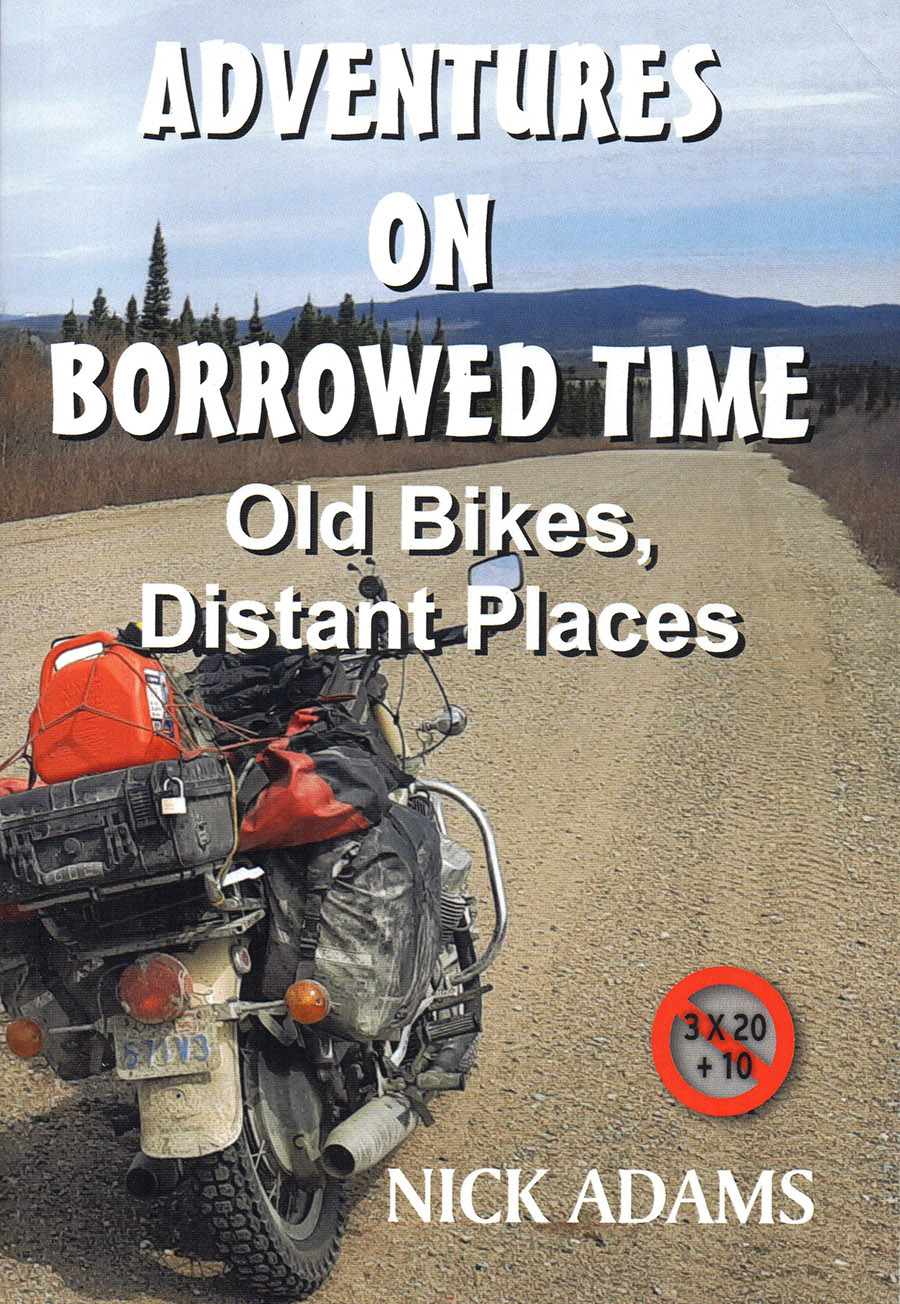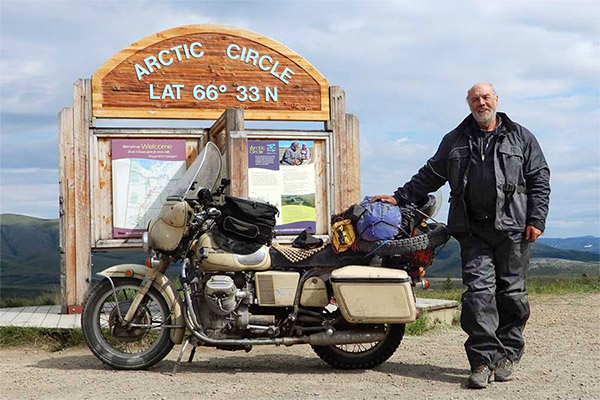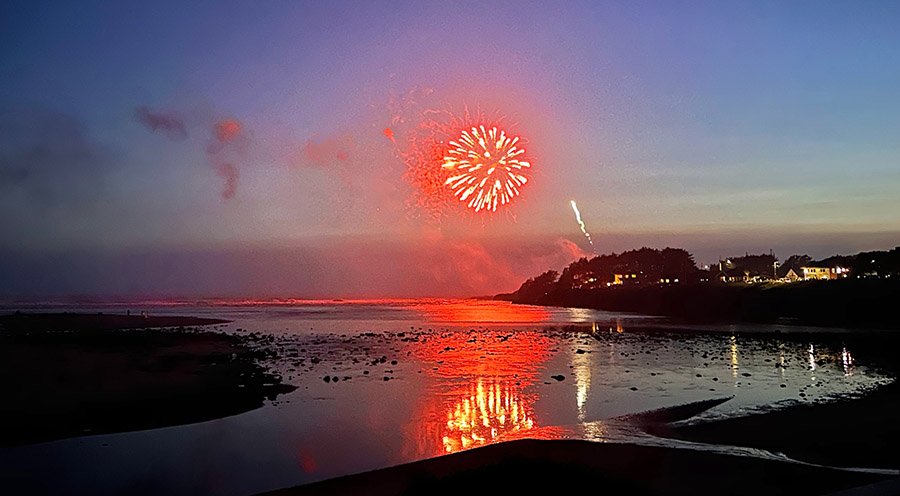By Bobbie Surber
A quick recap: In Part One, I kicked off this solo motorcycle journey on my trusty Triumph Tiger 900 GT Pro, lovingly christened Tippi. As I bid farewell to Sedona, the road promised a majestic odyssey. From the winding bends of the Colorado River to the breathtaking grandeur of Lees Ferry, Marble Canyon, Jacobs Lake, North Grand Canyon National Park, and Zion National Park, each mile etched indelible memories on my soul. Part Two unveiled the treasures of Bryce Canyon, Capitol Reef, and Great Basin National Parks, along with the legendary Loneliest Highway in America, Highway 50. The roads led me to Lake Tahoe, where I encountered unique wonders and overcame challenges that enriched my adventure. In Part Three, I entered the landscapes of Yosemite, Kings Canyon, Sequoia, and Lassen Volcanic National Parks. I visited the town of Bigfoot and the Lost Coast. Amidst these joys, there was a bittersweet encounter with my boyfriend, Mike, marking the end of a significant chapter in my life. Now, let’s continue the ride through northern California and the Oregon coast.
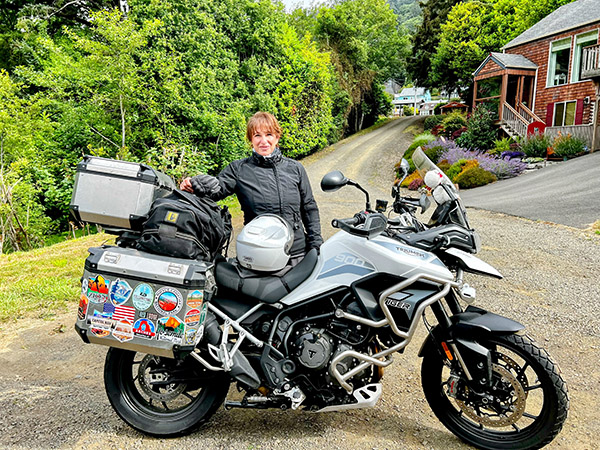
In the embrace of an early summer morning, I stood alone, a solitary figure beside my trusted motorcycle, Tippi. The sun painted the horizon in hues of gold and pink, casting a spell of serenity. This was the moment of bidding farewell to Greg, a friend whose hospitality touched my soul. The road stretched before me, an endless promise. As I eased Tippi out of Greg’s driveway, it felt as if the entire world held its breath, echoing the emotions that propelled me into this adventure. This journey, forged from the ashes of heartbreak and kindled by an insatiable wanderlust, was poised to unfold a voyage of self-discovery and emotional renewal.
Just the night before, I had embraced a decision steeped in emotional turbulence — a poignant farewell to my boyfriend, Mike. It was a decision marinated in profound sadness and the weight of loss. Despite the heaviness in my heart, I clung to the belief that the open road cradled an undiscovered trove of experiences, encounters, and life lessons. Each mile seemed to hold the promise of a fresh beginning, and as I departed McKinleyville, California on that Sunday morning, the marine mist hung in the air like a wispy veil. It created a backdrop to my reflections on the past and the enigma of the future. The chill in the air mirrored the swirling mix of emotions within me, signifying the dawn of a new chapter in my solitary adventure.
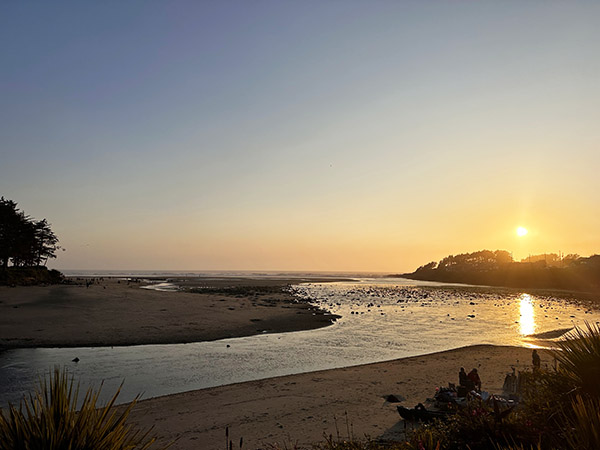
Surrounded by towering redwoods and glimpsing fleeting vistas of the boundless Pacific Ocean as the last remnants of marine fog dissipated, the morning unfurled in all the splendor I yearned for. We journeyed up the coast, passing through the awe-inspiring realm of Redwood National Park. This marked my tenth rendezvous with a national park in just a month of travel. Each park visit hammered home the vital importance of preserving our public lands, and standing amidst these colossal arboreal titans served as a perpetual reminder of their awe-inspiring grandeur.

Reluctantly, I bid adieu to the towering redwoods as Highway 101 gently steered me slightly inland, ushering me towards Elk Meadow. Here, nature unfolded a spectacle that stole my breath — an assembly of elk, the largest gathering I had ever witnessed. I yielded to the irresistible urge to halt and pay homage to their beauty, immortalizing the moment through the lens of my camera.
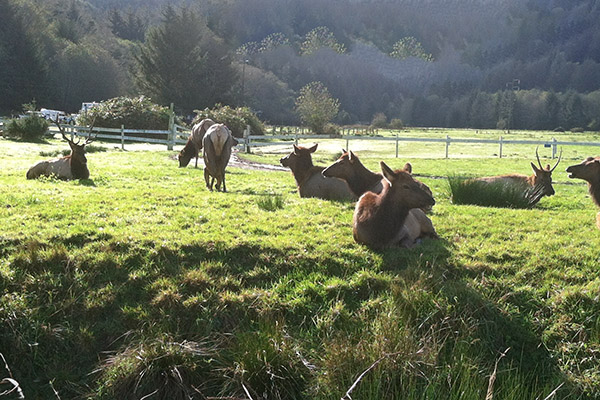
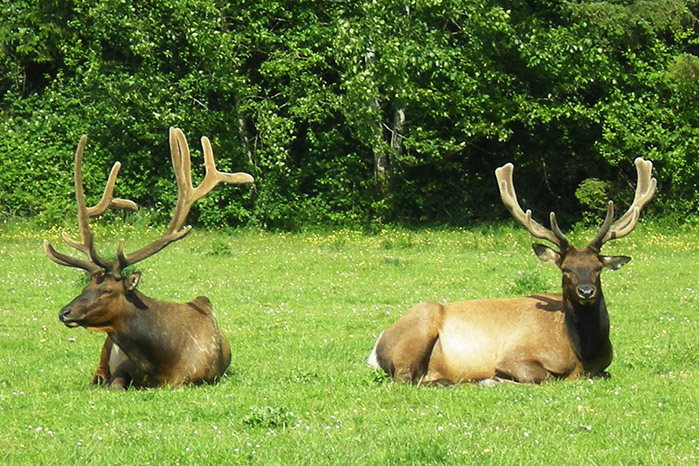
After our parting with the majestic elk, I made a brief sojourn in Crescent City, a pause to refuel Tippi and replenish my spirits with a cup of coffee. It was in this picturesque spot that I stumbled upon kindred spirits — two gentlemen on Ducati motorcycles. We shared a common destiny: Canada. While a twinge of envy for their sleek machines grazed my heart, I cherished the chance to engage in a brief yet warm-hearted conversation with fellow travelers.
With renewed zeal, Tippi and I resumed our journey on Highway 101, eager to cross into Oregon, the fifth state to embrace our adventure. We traversed familiar terrain, including the enchanting Harris Beach State Park and Whaleshead Beach in Brookings. While my original goal was Bandon, the unyielding coastal winds encouraged me to pursue the unknown paths that Oregon had hidden.
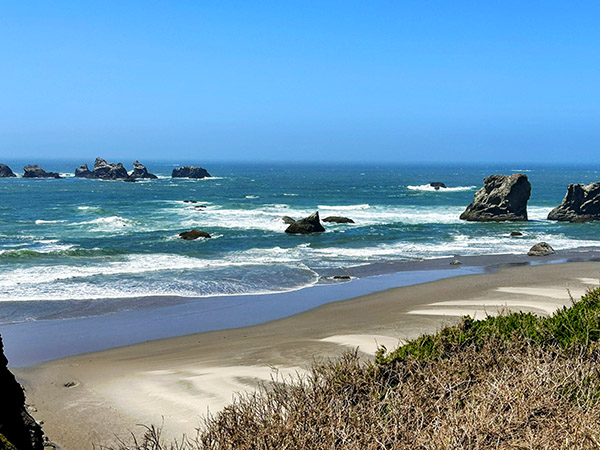
Coos Bay welcomed us with an uproarious windstorm, a tempestuous force of nature that consistently left me feeling exposed and vulnerable. After a hasty search on Rec.gov, I secured a campsite on the north side of Coos Bay. However, our path to the campground presented a challenge—an encounter with a bridge at the northern edge. Anxiety surged within me as a flashing warning sign taunted me with its “High Wind Alert” and “Overturned Vehicle” messages.
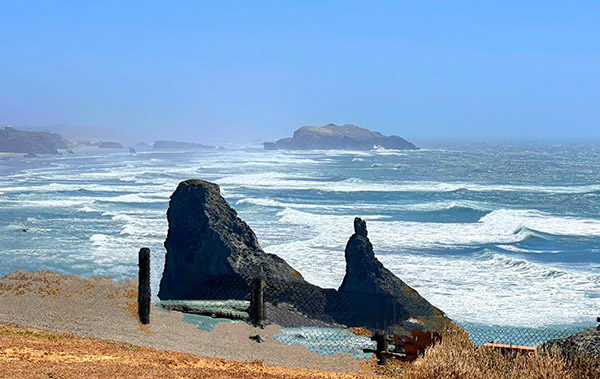
I wish I could recount the crossing of that bridge with calm and composure, but the truth was far from it. My grip on the handlebars was vice-like, my white knuckles bearing testimony to my sheer terror. My aversion to fierce winds reached its zenith, and adrenaline coursed through my veins as I navigated to the other side. Upon reaching the campground, my heart sank as I discovered an RV occupying the very spot I had reserved. The encounter with the RV owner left me frustrated and disheartened, an unfortunate epilogue to the nerve-wracking bridge escapade.
Thankfully, a benevolent camp host emerged as my savior, guiding me to an alternative sanctuary shielded from the relentless wind. After a modest dinner, I indulged in a generous pour of Irish whiskey, surrendering to the soothing embrace of slumber, grateful for the tranquility of the night.
As the sun greeted me with a gentle caress, I found myself back in the saddle on Tippi. An early morning ride past Florence unfolded, each curve of the road a thrilling waltz with the remnants of marine fog. This was my sanctuary — a joyful communion with the open road and splendid vistas without a hint of traffic. All too soon, Tippi beckoned me onwards, leading to Yachats, Oregon, a captivating seaside village promising both coffee and a well-deserved breakfast.
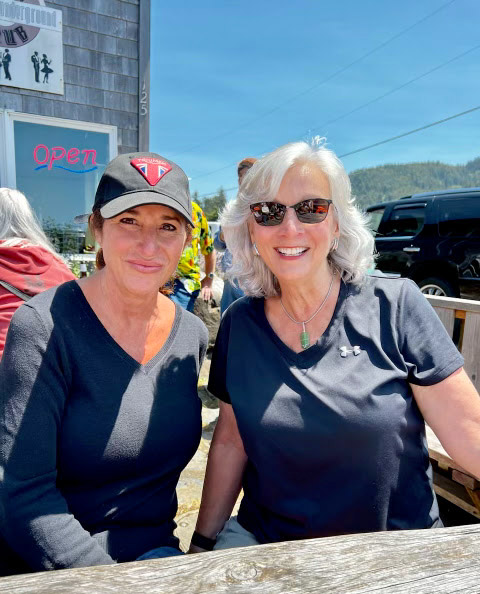

On a whim, I reached out to an old friend from Sedona, Elaine, her presence a comforting tether to the past. Hoping she and her gracious husband could join me for an impromptu cup of coffee, I was delighted when they not only accepted my invitation but also extended a generous offer for me to spend the night. It was the 4th of July, and their cottage, adorned with breathtaking views of the bay, surpassed all expectations.
I soon found myself immersed in the heartwarming tapestry of small-town America, a 4th of July parade, and savoring dinner with their friends by the bay (a diverse ensemble of souls who graciously embraced me). The day culminated in a spectacular sunset and an awe-inspiring fireworks extravaganza over the ocean (as you can see in the photo at the top of this blog).
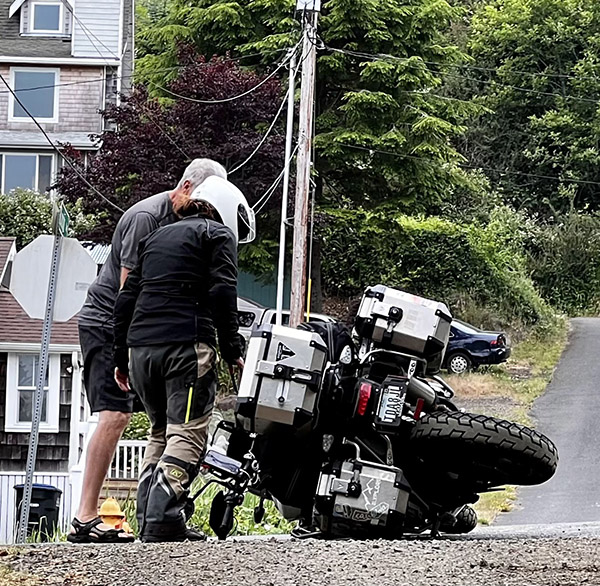
Early the following morning, as I reassured my friends of my competence on a substantial bike, I negotiated their lengthy gravel driveway. But I inadvertently tipped Tippi over. My pride was slightly bruised, but with concerted effort, we righted Tippi, and my journey continued. The weather was perfect as the road led me along the rest of the Oregon coast, passing through my beloved coastal havens like Cannon Beach and Surf Pines before culminating in Astoria.
My journey reached a momentous juncture as I approached the Astoria-Megler Bridge, an imposing truss bridge spanning an astonishing 4.6 miles, suspended 192 feet above the majestic Columbia River. This crossing marked my entry into Washington State, and contrary to the daunting tales of ferocious winds, I was pleasantly greeted by a smooth and rewarding journey. I took a moment to document my arrival in my sixth state in just over five weeks on the road. With newfound enthusiasm, I revved up Tippi and continued my pilgrimage to the charming village of Westport, Washington, where my family eagerly awaited my arrival.
What an extraordinary adventure it has been, with the promise of even more to come. Along the way, I have cast aside heartache, embraced the highs and lows of the road, and found solace in the arms of independence, the kind of independence that comes from conquering challenges that nudge us beyond our comfort zones. I wholeheartedly embrace my addiction to solo motorcycle travel, cherishing the serendipitous encounters with strangers who become cherished friends, and savoring the freedom of the open road.
Stay tuned for the forthcoming chapter, where I will unveil my family adventures in Washington and the epic odyssey through Canada. I extend my heartfelt gratitude to you for joining me on this narrative journey. Your comments, suggestions, and unwavering support are a source of immense inspiration. Until then, whether you embark on a bike, in a car, on a bicycle, or simply with your own two feet, I implore you to heed the call of your own epic adventure. Safe travels, fellow adventurers!
Please visit our advertisers!


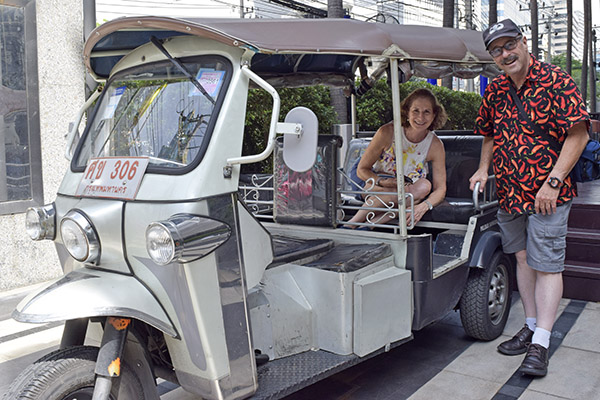
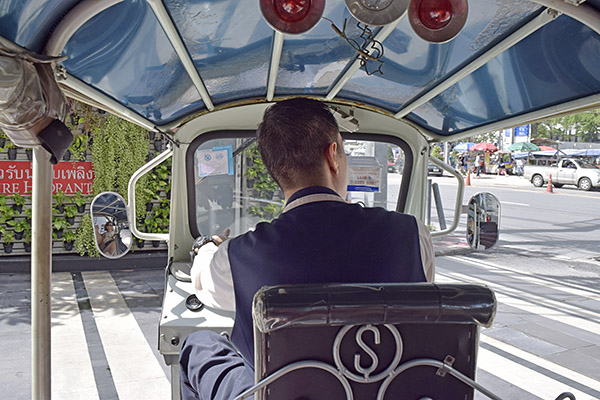

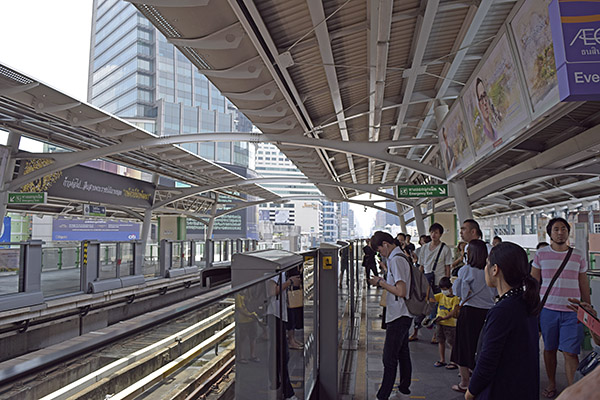

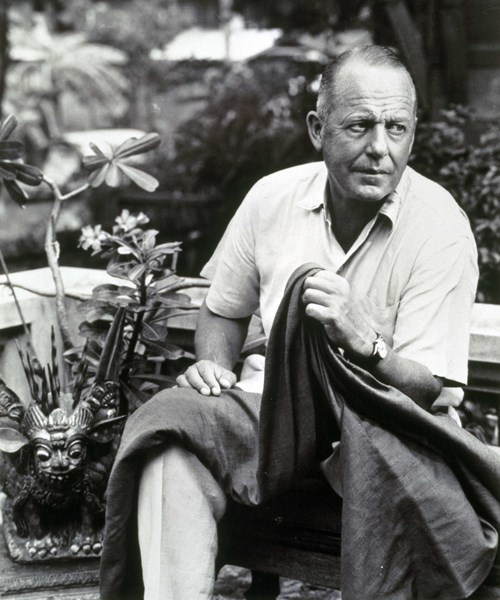
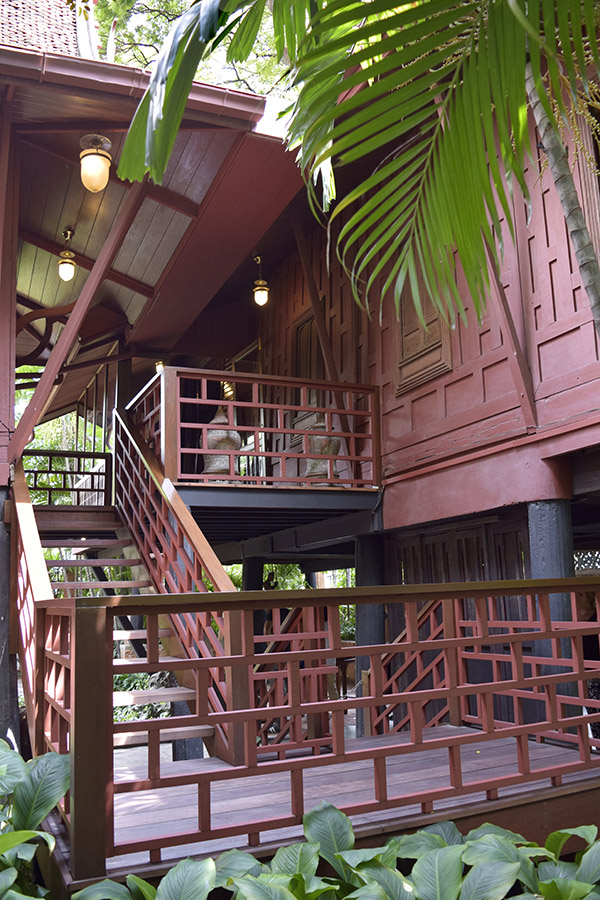
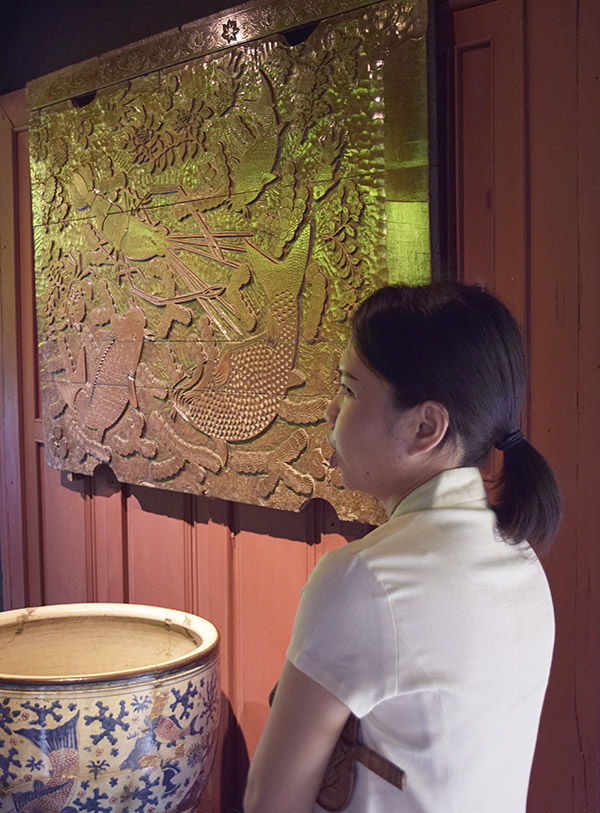
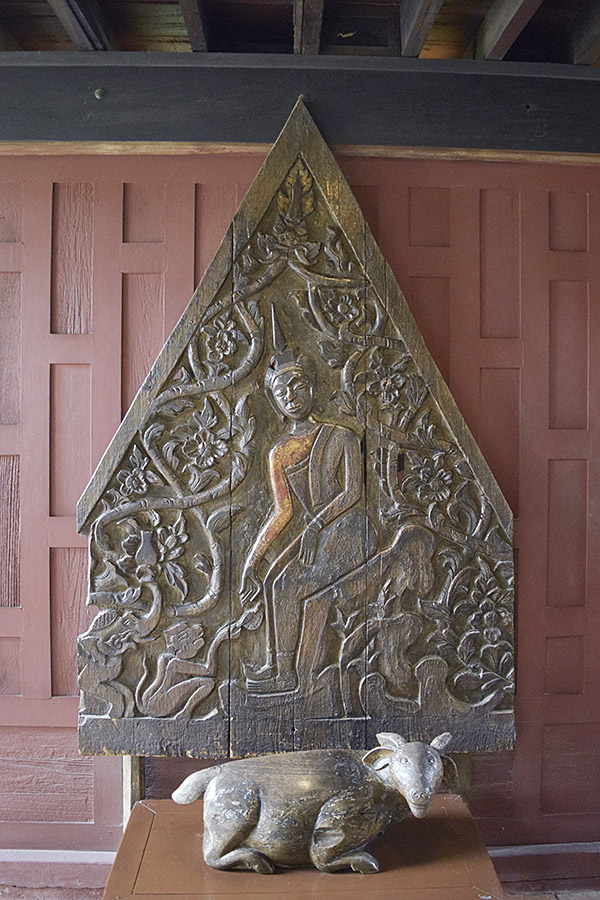

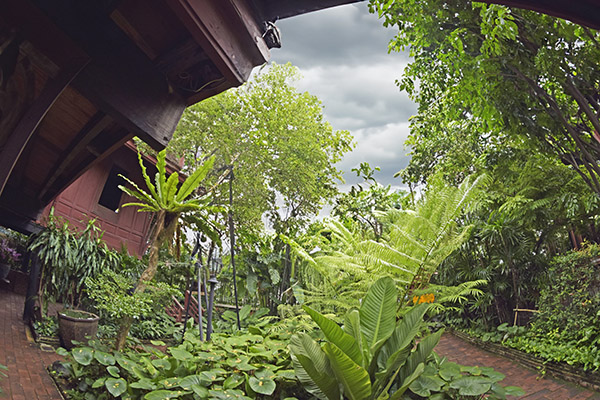
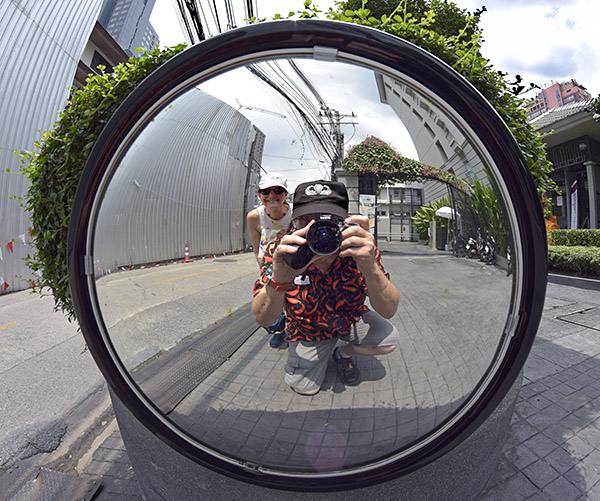

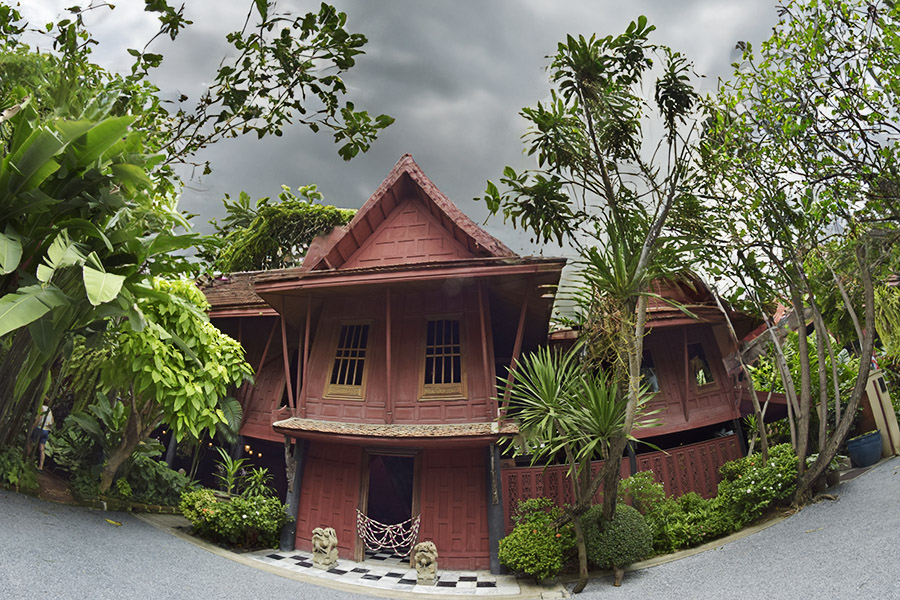


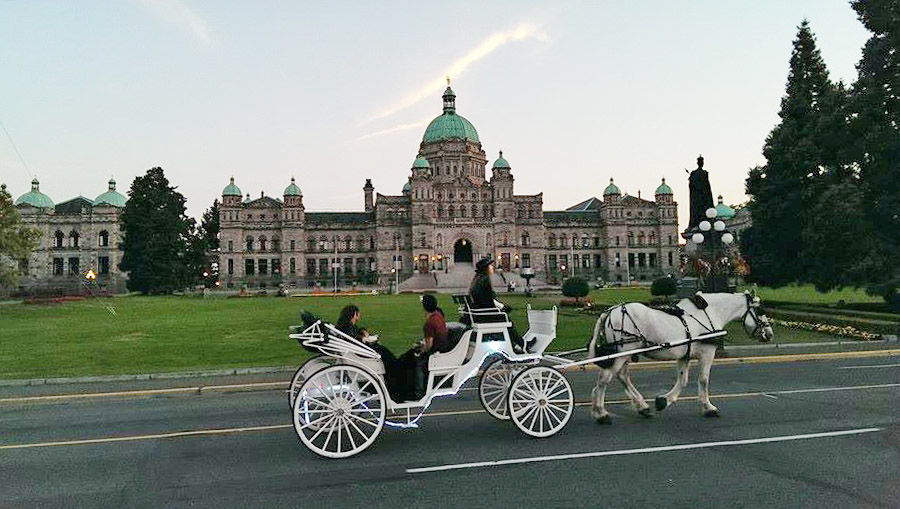
 I wasn’t a big fan of the southeastern states and hadn’t really explored many of the western ones. Since the gray damp weather wasn’t something I wanted to deal with deciding to choose the Pacific Northwest probably wasn’t one of my better ideas, but I knew it wouldn’t be as cold in that area. I was still feeling the culture shock of returning to the United States and after living in South America, the busy stressful vibe of the United States wasn’t tolerable.
I wasn’t a big fan of the southeastern states and hadn’t really explored many of the western ones. Since the gray damp weather wasn’t something I wanted to deal with deciding to choose the Pacific Northwest probably wasn’t one of my better ideas, but I knew it wouldn’t be as cold in that area. I was still feeling the culture shock of returning to the United States and after living in South America, the busy stressful vibe of the United States wasn’t tolerable.
